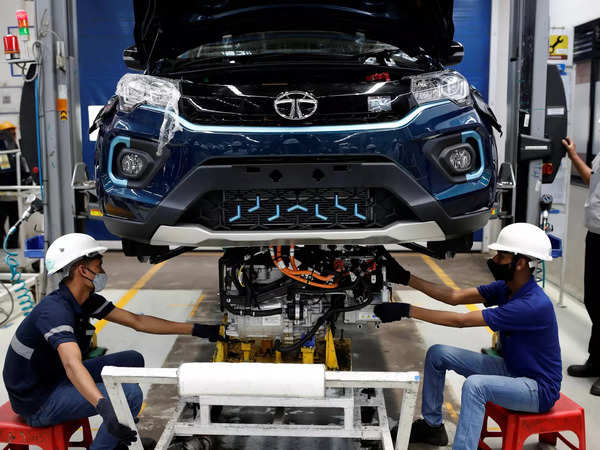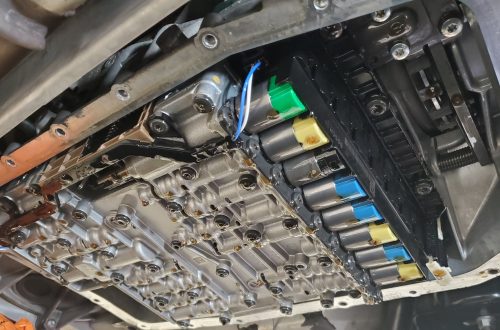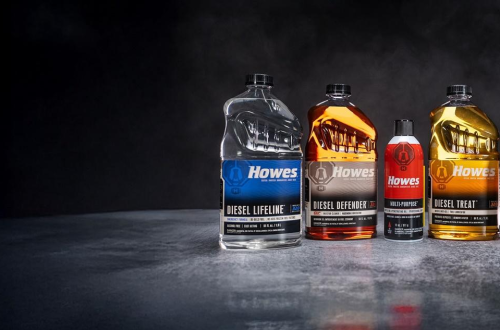When purchasing a new vehicle, safety is often a top priority for buyers. Vehicle safety ratings provide valuable insights into how well a car will protect its occupants in the event of an accident. However, understanding what these ratings truly mean can be confusing, given the different rating systems and the array of tests that vehicles undergo. In this article, we will break down vehicle safety ratings, explain the testing processes behind them, and discuss how to use these ratings when choosing a car.

- What Are Vehicle Safety Ratings?
Vehicle safety ratings are scores or assessments assigned to cars based on their performance in various crash tests and safety evaluations. These ratings aim to inform consumers about a car’s ability to protect passengers during collisions and other hazardous driving situations. The ratings are conducted by independent organizations and government bodies, ensuring an unbiased assessment of each vehicle’s safety features.
Key Organizations Involved in Safety Ratings:
- National Highway Traffic Safety Administration (NHTSA): A U.S. government agency that provides safety ratings based on crash tests and evaluates the likelihood of injury in a crash.
- Insurance Institute for Highway Safety (IIHS): A non-profit organization that conducts more detailed crash tests and evaluates crash prevention technology.
- European New Car Assessment Programme (Euro NCAP): A European organization that provides detailed safety ratings and tests vehicles for various markets.
- Understanding NHTSA’s 5-Star Rating System
The NHTSA’s 5-star safety rating system is one of the most recognized in the United States. It evaluates vehicles on their ability to protect passengers in front, side, and rollover crashes. Cars are rated on a scale of 1 to 5 stars, with 5 being the highest score. The more stars a vehicle has, the better it performed in crash tests.
NHTSA Crash Tests Include:
- Frontal Crash Test: Simulates a head-on collision at 35 mph, assessing the risk of injury to the driver and front passenger.
- Side Crash Test: Measures the vehicle’s ability to protect passengers in a side-impact collision at 38.5 mph.
- Rollover Resistance Test: Determines the vehicle’s likelihood of rolling over during a sudden turn.
Vehicles with higher ratings tend to offer better protection in real-world crash scenarios, but it’s important to remember that ratings are based on specific test conditions and may not reflect every possible crash situation.
- IIHS: Beyond the Basic Crash Test
The IIHS takes a more comprehensive approach by evaluating not just crashworthiness but also crash avoidance and mitigation. It provides two main ratings: crashworthiness (how well a vehicle protects passengers in a crash) and crash prevention (how well the vehicle’s technology helps prevent accidents). The IIHS rates vehicles as Good, Acceptable, Marginal, or Poor in several categories.
IIHS Crashworthiness Tests:
- Small Overlap Front: Simulates a crash where only a small portion of the vehicle’s front end collides with another object.
- Moderate Overlap Front: Similar to the NHTSA’s frontal crash test, but with a different angle and force of impact.
- Side Crash Test: Measures the vehicle’s ability to protect passengers from side impacts, including tests with a moving barrier.
- Roof Strength Test: Assesses the roof’s ability to withstand crushing forces in the event of a rollover.
In addition to crash tests, the IIHS evaluates cars’ crash prevention features, such as automatic emergency braking (AEB) and forward collision warning (FCW). Vehicles with advanced safety technologies often receive higher ratings in this category.
- What Do Euro NCAP Ratings Mean?
For European consumers, Euro NCAP offers a similar safety rating system, but with a few distinctions. Euro NCAP provides an overall rating out of five stars, but it breaks down its assessment into several areas:
- Adult Occupant Protection
- Child Occupant Protection
- Vulnerable Road Users (Pedestrian) Protection
- Safety Assist Technologies
Euro NCAP places a strong emphasis on pedestrian safety and the effectiveness of advanced driver-assistance systems (ADAS), which help prevent collisions in the first place.
- How to Use Safety Ratings When Buying a Car
When evaluating vehicle safety ratings, it’s essential to look at both crash test performance and the presence of advanced safety features. While higher star ratings and “Good” assessments indicate better protection, it’s equally important to consider additional factors like crash prevention technologies and real-world safety performance.
Key Considerations:
- Compare ratings across different organizations: A vehicle may score well with one rating agency and less favorably with another due to different testing criteria.
- Look for advanced safety features: Cars equipped with automatic emergency braking, lane departure warning, and adaptive cruise control often score higher in safety evaluations.
- Consider vehicle size and weight: Larger, heavier vehicles generally offer better protection in crashes, but smaller cars with top ratings can still be safe options.





